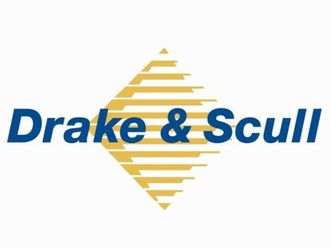I often get asked about recommending real estate markets, that investors from within the region should invest their surplus funds in. I always advise that the answer to this question often lies within the existing real estate portfolio of the investor.
And all they need to do is set their medium term goals and create a portfolio that achieves the same. The key rationale for investment should remain diversification, either geographically, within asset class or within an investment theme.
Besides that, the consideration for liquidity, asset management capabilities, annual dividend return requirements, leverage and currency risk should form the basis of investment thesis.
Over the past 18 months, a key investment theme that I have noticed among the GCC investors is the keenness to invest out of the region and as well as to invest regionally — indirectly or through funds. The driver of the former is the realisation of need to diversify their portfolio, given the realistic possibility of the price of oil remaining in the range that it currently is in.
The driver for the latter is the understanding that competent investment and property management is needed, as the real estate market conditions remain challenged in the region.
Internationally, the investors have continued to focus in Western Europe, primarily UK and Germany and across the Atlantic in the US. While the second half of 2016 has seen a slowdown in the UK on the back of Brexit, some investors are seeing the weakened pound as an opportunity to acquire assets at lower value, even though the direct impact on real estate from the event is still unclear.
Additionally, as yields have tightened in prime London, there has been a trend towards moving into secondary cities in search for higher yields. The appetite for value-add or development opportunities in the UK, which were strong in 2015, have dried up post-Brexit.
Industrial and office assets have garnered greater interest in Germany as investors find returns strong on a risk adjusted basis apart from capital values per square foot being substantially lower than the UK.
While the US has historically been “out of investment time zone”, given the compression of yields in Europe, returning growth in the US economy and negligible currency risk, the GCC investor is now venturing into the market.
Multi-family residential is of prime interest. It is not surprising though, since the GCC investors primary comfort zone in the region is also the same. What is important to note is that since the softening of oil price, the investments by UNHW families internationally has increased significantly, which has led to an increase in the number of deals, but reduced the average deal sizes.
Regional SWFs (sovereign wealth funds) have reduced their international allocation as hydrocarbon surplus revenues have come under pressure.
Regionally, the dominant investment markets remain UAE and Saudi Arabia, the former due to its transparency and quality of real estate on offer and the latter due to its size of the market. Given the uncertainty towards tenant demand, the offices sector has had a reduced investor appetite in recent times, unless the asset is prime.
While there is demand for hospitality and multi-family residential assets in Dubai, given the fall in trading performances, the owners are not willing to trade and there are not many assets are on the market.
However, due to the weakening liquidity in the banking sector, we are witnessing a growing appetite among business owners to undertake sale-and-lease back within the alternatives sectors of education, health care and logistics, where the longer term leases also provide comfort of income sustainability to investors.
In addition to the above, the growing presence of investment managers and institutions has been an emerging trend over the past 12 months since the softening of the oil prices. Investors are gradually opening to invest in collective investment vehicles, focusing within the region as well as internationally, as they diversify their exposure and get access to deal flow which they may not see directly.
These vehicles typically invest in non-prime, high yielding, long term let discreet assets, where they are able to leverage judiciously to generate high cash-on-cash yields post fees.
So what does this mean for you for 2017? Nothing, except that the investment strategy for every investor should be based on their own current exposure and its medium term goals. It’s better to walk alone, than go with a crowd going in the wrong direction.
The writer is Head of Investment Transactions, MENA, JLL.












